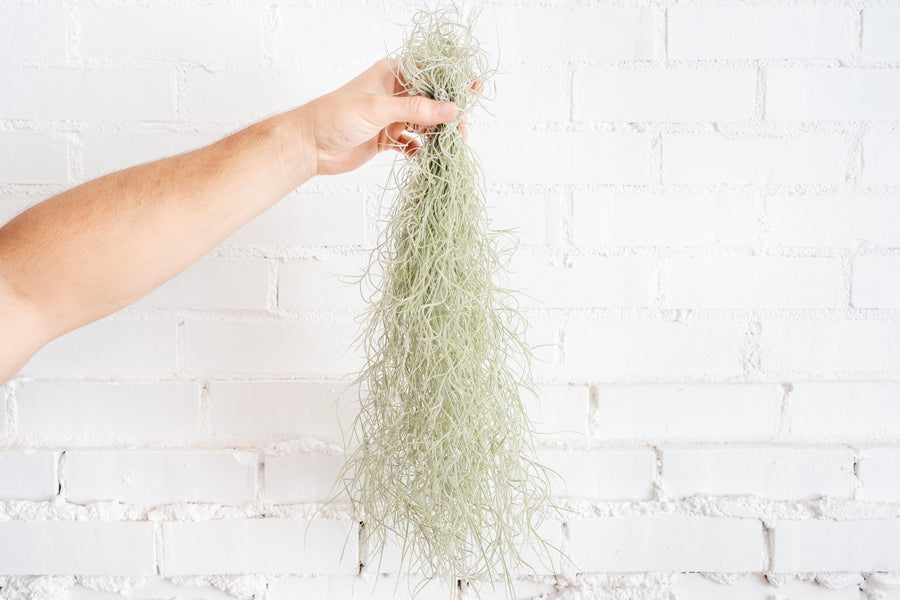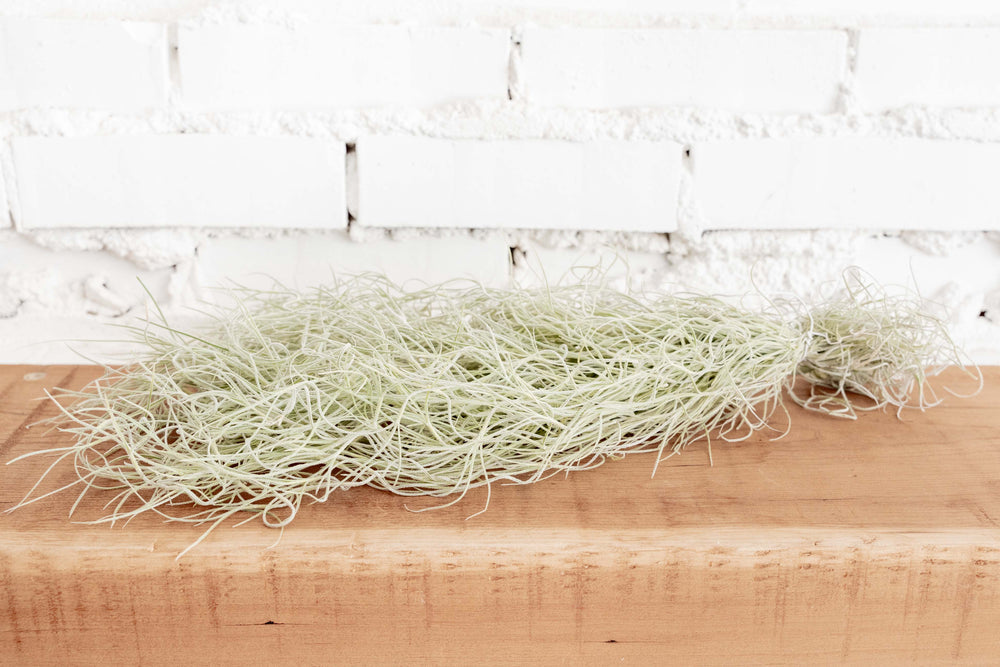How To Water Air Plants, Watering Methods and Tips

One of the most important aspects of keeping your plants healthy and happy is to make sure that they receive adequate water. Many people think that because these little guys are called “air plants” that they don’t need water to survive. Sorry guys, they aren’t that low maintenance. They still need water to thrive and grow! There are a few different ways that you can water your plants depending on what kind of plant they are and where you live in the country.
This is a great method to use for plants that need less water, such as the xerographica air plant that is used to living in a drier desert like conditions. This can also be used for other “xeric” varieties such as the duratii and other plants that prefer less water and more sun. What you are doing with this watering method is filling up a bowl, sink, or container with water and dunking the plant multiple times to ensure its fully saturated by the water. As always, you will want to gently shake excess water out from the plant and put it in an area with good air circulation so it can dry out within a few hours.
Soaking is the best way to ensure that your plants are getting enough water. Some plants such as the xerographica prefer the dunking method to the soaking method because they don’t need as much water as other air plants. With the soaking method we recommend letting the plants soak in a container of water for at least 15-20 minutes. You can even mix in a longer soak once a week or every other week which can last an hour or two. This will help plants that may have become slightly dehydrated to perk back up and gain some hydration back. The soaking method is recommended for for green/mesic type plants like aeranthos, capitata, bracyhcaulous, etc and is not recommended for plants like xerographica and streptophylla.
The biggest downfall of soaking your plants all together would be the potential to spread fungal diseases between your plants. So if you notice a plant looks like it may have fungus or is starting to rot, pull it aside and water it individually after the rest have been watered.
For most environments and most plants, we recommend starting out with once or twice a week soaks for 15 minutes or so and see how the plants respond. Do they get dry tips? Do they seem to close up? If so, you will need to soak more frequently. Theoretically you could soak your plant daily, as long as the plant is able to dry out fairly quickly and doesn't stay wet for prolonged periods of time. Luckily most plants/environments wont need daily soakings so we don't recommend it!
Spraying
For the sake of this discussion, spraying is not going to be the same as misting. When spraying your air plants, we are talking about spraying them with a hose or sprayer that fully saturates the plants to the point of water run off. The goal is to simulate a nice rain, ensuring the entire plant is able to get wet and absorb sufficient hydration. This is the process that most growers and collectors with large amounts of plant use as soaking and dunking just becomes impossible. The advantage of this method would be ease of watering a large amount of plants and ability to inject fertilizers/fungicides directly into a mixing system, but there are some downfalls as well. The risk of rot/fungus is increased as you are unable to ensure water doesn't sit in the cups of the plant and sitting water in the cups of a Tillandsia will promote fungus/rot if the conditions are present.
You can use misting in-between normal soaking or dunking. Misting is a good way to give your plant a little extra moisture if you notice that its leaves are looking a little dry or if you live in a drier climate with not very much humidity in the air. For most plants in most environments, we do not recommend misting as the sole watering method. The plants need to be fully saturated, and most of the time misting does not do this as the water droplets are so small they are unable to fully be absorbed into the plant.
- Use quality water like filtered, spring, or clean well water. Aquarium or pond water works well too as the plants will like the added nutrients. Avoid artificially softened water or tap water that is high in chlorine/chloramine.
- Do not use distilled water or RO, as the lack of nutrients will cause the plant to suffer over time. Air plants benefit from trace minerals and nutrients in water. If you must use these water types, it's advised to add back some nutrients with a pinch of fertilizer. The plants will appreciate it!
- If using tap water, allow it to sit out for a few hours to help the chlorine dissipate. These days many municipalities do not use chlorine any longer, and instead use chloramine. Chloramine will not dissipate and would need to be filtered out.
- Try to water in the morning or earlier in the day, Tillandsia use a process called CAM to respire at night and being dry will allow this process to happen easier.
- Gently shake out excess water from the cups of air plants after watering, especially for species like xerographica.
- Take a note of how your plants look after a long soak, this is what a hydrated Tillandsia appears like. You can then monitor how it looks and over time can tell when they need more water. A classic sign of dehydration for most species is wrinkles on the leaves and leaves that curl inward on themselves.
- During the changing of seasons, primarily in Winter and Summer, you might need to change your watering habits. In the Winter you might need to water less depending on your climate. If your plants are near a heater though, you might need to mist them in between watering. In the Summer months, your air plants might need more water due to the heat and more light, so be sure to keep an eye on your plants!








